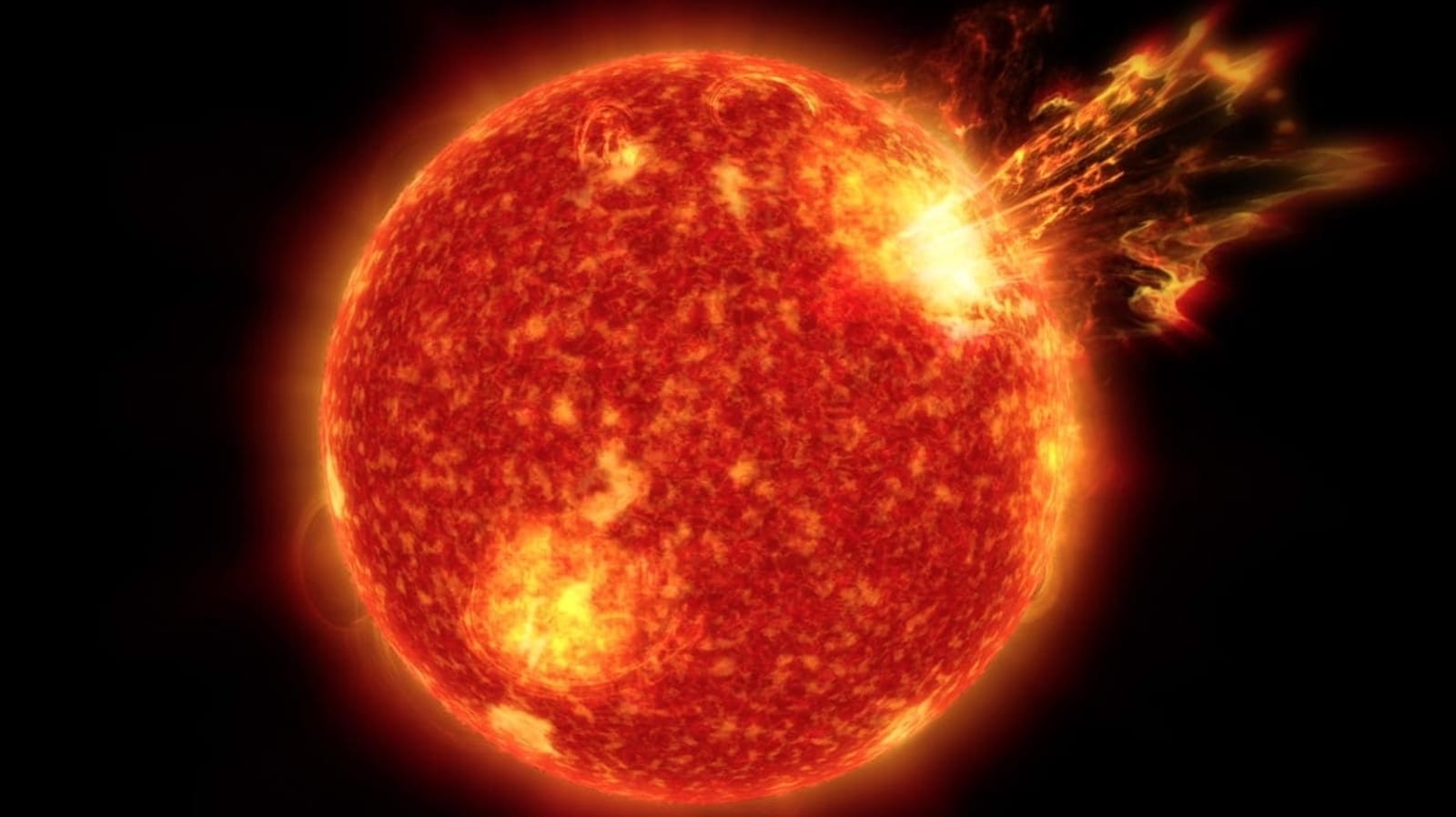After hitting the European orbit who was close to Venus earlier this week, the sun was not in the mood to leave the planet in alone. A large eruption on the distant side of the Sun’s Venus for the second time within a week because the activity of the stars increases at new speeds. Stereo-a Nasa spacecraft observes a large eruption from the far side, which, while directed away from the earth, directly on Jalan Venus, which is bombarded heavily with radiation. According to Spaceweather.com, it was a mass expulsion of Halo Halo full from the far side of the sun that appeared during the end of September 5.
Expulsion of coronal mass is one of the biggest eruption of the surface of the sun which can contain one billion tons of material accelerated up to several million miles per hour into space. Particles and radiation tend to interfere with the space environment and sometimes turn off for electronics and satellites, kill them instantly. An ejection model developed by NASA shows it to move away from the earth and go straight to Venus, sliding a significant solar storm in the mysterious twins. The planet was previously beaten on September 1 by other CME which erupted from the same sun point on the surface of the sun.
“There are sun spots on the far side of the sun that are so large that it affects the way the whole sun vibrates,” reported Spaceweather.com, adding that the large dark area was AR3088, the last was seen coming out of the Surya disk about a week ago. Experts call the event as one of the largest solar energetic storms (SEP) that have been observed since European solar orbits began observations. Corruption survived the big blow from the sun when making gravity from Venus.
The intense activity hit the spacecraft on August 4 while flying close to the mysterious twins to change its orbit on the way to the sun. Space aircraft will observe the sun up close and see the mysterious poles. Space aircraft made a third gravitational assistance with Venus on Sunday, past 12,500 km from the Planet’s Center, which was about 6,000 km from the ‘surface’ of the gas. “This is not a run-of-the-mill event. Many science papers will study this for years,” George Ho from Johns Hopkins Applied Physics Lab told Spaceweather.

